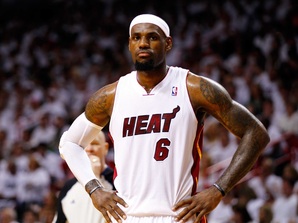
The big sports story currently in the NBA is that LeBron James has decided to ‘opt-out’of his contract with the Miami Heat and become an un-restricted free agent. LeBron has been with the Miami Heat over the past four years, winning two championships with them.
Having an‘opt-out’ feature in a sports contract would be unfamiliar to those more familiar with soccer, so what does this actually mean? As with other American sports, in the NBA there are no transfer fees for players. Once contracts are signed players generally remain with the franchise unless traded for college draft picks, other players or to free up salary cap room (teams have a limit on what they can spend on contracts to promote competitive balance). However a player may decide to include a ‘player option’ for a particular year in their contract which allows them to become a free agent and sign for another franchise or indeed re-sign for their current team. This is exactly what James has decided to do by ‘opting-out’ of his contract with the Heat and is a free-agent on the 1st July.
Although somewhat expected, the news has still sent ripples through NBA hierarchies as James is regarded as the one of the best currently in the NBA. Arguably, one of the best of all-time. Other franchises will have to ‘make-room’ for James if they want his signature. In real terms this means that franchises will have to clear-out expensive contracts to accommodate the approximately $22 million James was due if he remained with the Heat. Some of the early contenders include the LA Lakers, LA Clippers, Houston Rockets and perhaps a return to his hometown and former team Cleveland Cavaliers. He could also, and very likely, return to the Miami Heat. It appears that the Dallas Mavericks, Phoenix Suns and LA Lakers all have sufficient salary cap room to sign James.
There is shrewd economic thinking behind LeBrons decision to opt-out. His decision could be a signal to Miami Heat to off-load some ageing talent that takes up large salary space and replace them with talent to help LeBron win a third championship. Also money may be a factor. Players in the free market can acquire greater salaries than those in contracts. Due to the collective bargaining agreement the NBA has with franchises, the upper end players tend to lose out. James is expected to seek the maximum contract on offer as he took a lower contract to allow the “Big 3” to happen in Miami four years ago. Or perhaps he may be opting out of his contract to allow Miami more salary-cap space to sign top talent, and then he can re-sign at a lower rate than his current contract states.
There is also other very notable free agents already announced and expected to become free agents. Carmelo Anthony, Nick Young, Dirk Nowitzki , Kyle Lowry and both of the other “Big 3” teammates of James in Miami, Chris Bosh and Dwayne Wade who have early termination options in their contracts and have opted out.
This should make for an interesting summer as the equivalent of the football transfer window opens as the most talented players are up for grabs. Unlike Association Football, the real difference here is that technically all teams can compete for the talent. Strategic positioning of a team is important in the NBA as they must ensure that the contracts they offer do not prohibit them from competing for free agency talent when available. Whatever happens, fans of every franchise will argue their case for Lebron to choose their city as his impact in Miami has proven that he has the talent to change the landscape in the NBA.
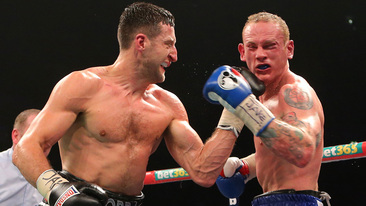
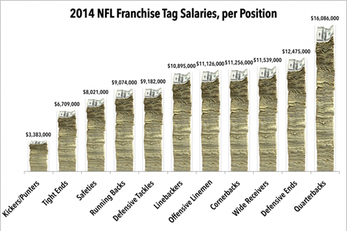
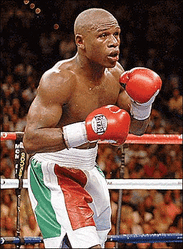
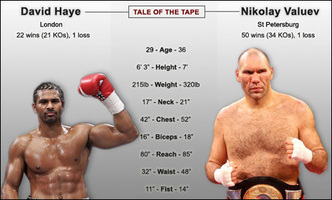
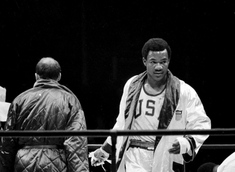
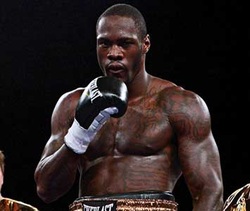
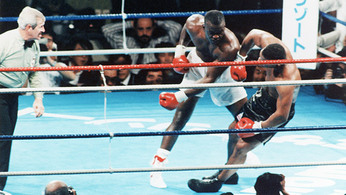
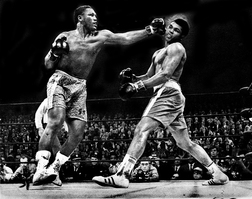
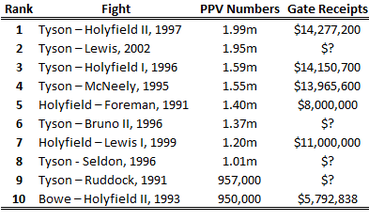
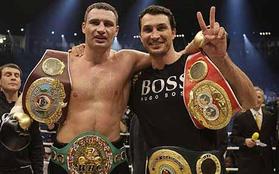
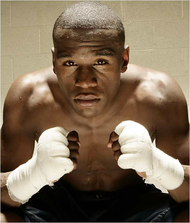
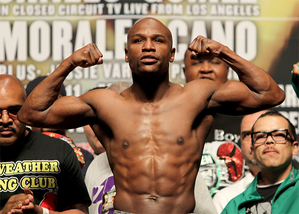
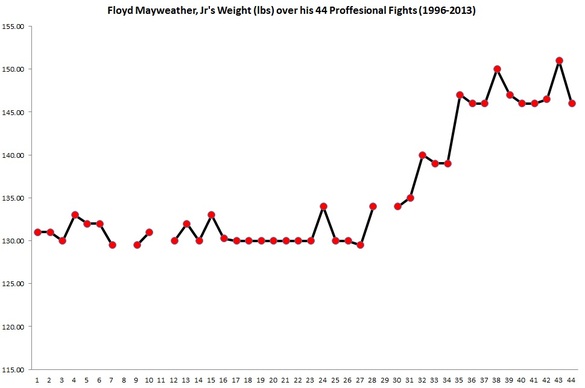
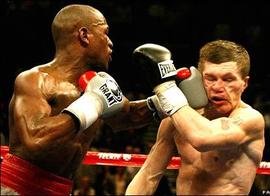
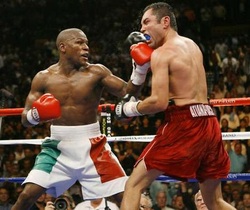
 RSS Feed
RSS Feed